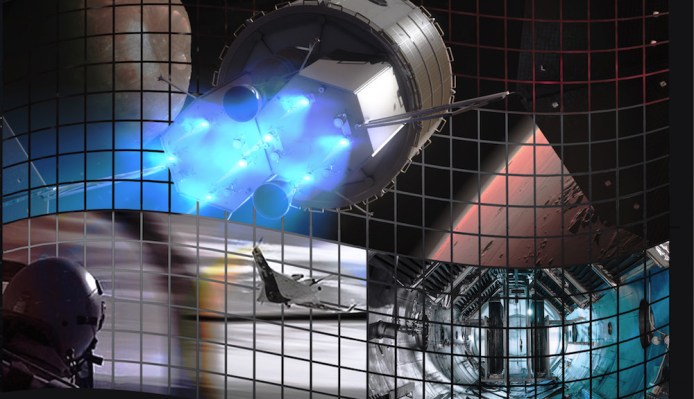NASA has announced the latest beneficiaries of its Small Business Technology Transfer program, which solicits and funds small-scale research projects outside the agency but relevant to its interests. Nineteen projects in a variety of fields are being awarded a total of $14.3 million.
Those 19 were selected from an initial pool of 56 announced last year; those “Phase I” companies and institutions were awarded up to $125,000 to pursue their proposals, and would have reported on their progress to NASA later. The surviving 19 “Phase II” projects presumably showed enough promise that they’ll get up to $750,000 to keep going.
You can peruse them all here, but here are the five I found most interesting:
- Mango Materials is making a space-compatible bioreactor for producing methane-based biopolymers. Basically they’re working on a way to feed bacteria methane and make usable plastic come out the other end, within the limitations of microgravity and so on.
- Otherlab — you may remember the company’s cardboard drone — is working on sensors that are as flexible as the soft robotic platform they’ll be part of. Your fingers can tell when and how hard they’re gripping something, so shouldn’t it be the same for our robots?
- Fibertek claims it can reduce the size and increase the efficiency of lidar systems by combining a number of techniques: flash (as opposed to scanning) imaging, 3D printing and “an ultra-compact unstable or near stable ring resonator.” They definitely didn’t make up that last one.
- Applied Research LLC (sounds sketchy) wants to improve the performance of the image processing done onboard landers and rovers. New algorithms would make it faster and easier to get depth-enhanced (or VR) views from the stereo cameras on mastcams. There’s also a lot of talk about multispectral image cubes.
- Speaking of multispectral imagery, Nanohmics claims to have produced a device that accomplishes it without the bulky lenses and filters usually necessary. Its chip-scale sensor is compact, versatile and has no moving parts — perfect for lots of missions, but especially planetary imaging.
These projects and the other 14 will prove themselves (or not) over the next two years, after which they will encounter (predictably) the Post Phase II Initiatives and Opportunities. Think your company or research might be a good match? Check out the STTR/SBIR basics page and get applyin’.
